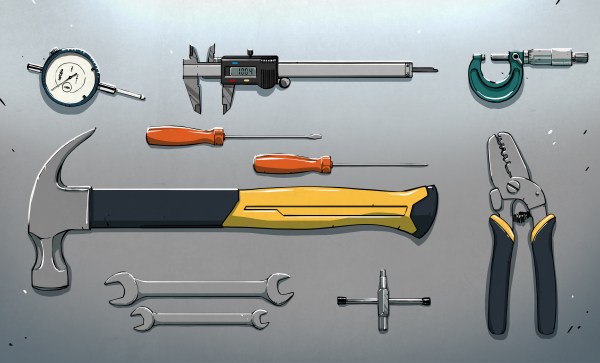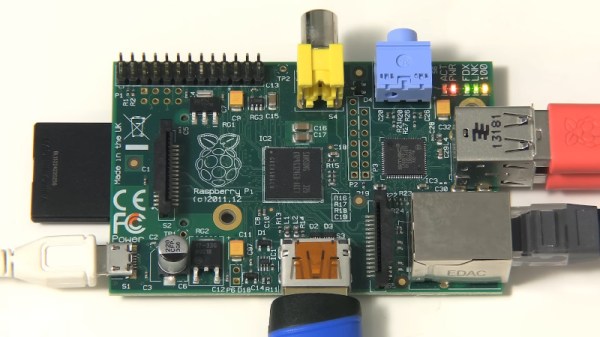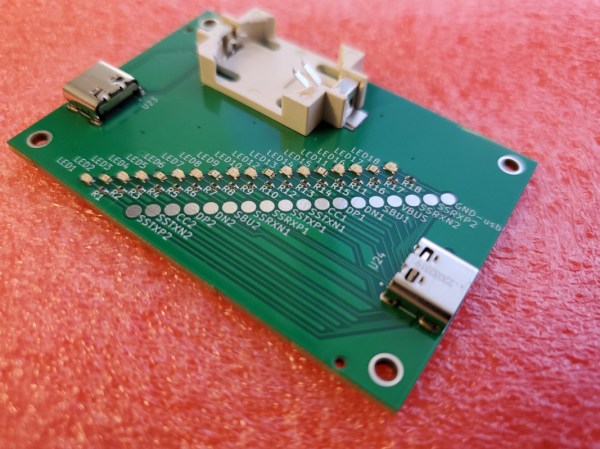With few exceptions, every field has a pretty modest set of tools that would be considered the minimum for getting most jobs done. A carpenter can make do with tools that would fit in a smallish bag, while a mechanic can handle quite a few repairs with a simple set of socket wrenches and other tools. Even in electronics, a lot of repairs and projects can be tackled with little more than a couple of pairs of pliers, some cutters, and a cheap soldering iron.
But while the basic kit of tools for any job may be enough, there will always be those jobs that need more tools. Oh sure, sometimes you can — and should — make do with what you’ve got; I can’t count the number of times I’ve used an elastic band wrapped around the handles of a pair of needlenose pliers as an impromptu circuit board vise. But eventually, you’re going to come upon a situation where only the “real” tool will do, and substitutes need not apply.
As I look around my shop and my garage, I realize that I may have a problem with these “tactical tool” purchases. I’ve bought so many tools that I’ve used far fewer times than I thought I would, or perhaps even never used, that I’m beginning to wonder if I tackle projects just as an excuse to buy tools. Then again, some of my tactical purchases have ended up being far more useful than I ever intended, which has only reinforced my tendency toward tool collecting. So I thought I’d share a few of my experiences with tactical tools, and see how the community justifies tactical tool acquisitions.
Continue reading “Ask Hackaday: What’s Your “Tactical Tool” Threshold?”













